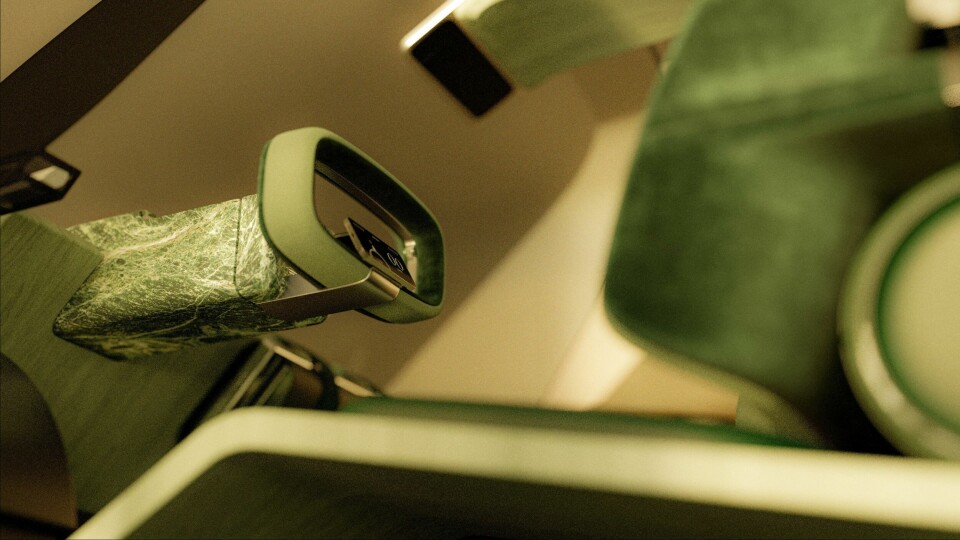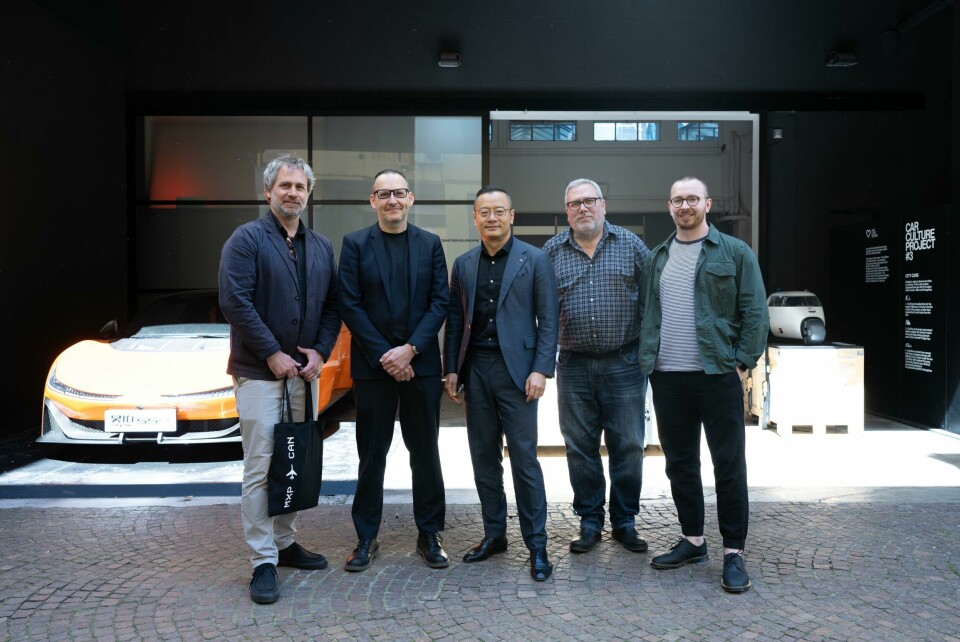
Don’t forget to have fun, says GAC’s Stephane Janin
GAC has built a new mantra around design and the third concept from its Car Culture series shows this is a studio built around agility
Nestled away down an unassuming side street that splinters away from Via Tortona is a small studio doing big things. We first saw GAC’s Milan studio around 18 months ago and although an additional part of the building has been finished – primarily as a CMF suite but outfitted with student work on our visit in April – it has remained largely untouched. The same could be said for the team, which has expanded, but not by much.

True to his word, Stephane Janin has kept things compact since taking the reins of the studio and has no plan to start supersizing the operation. The OEM already has a huge mothership in China; this outpost is about being nimble, ultra-creative and slashing the time between thinking and doing.
Already on part three, the team’s Car Culture series of concept vehicles was created to celebrate the conventional tropes of car design but also to look forward – evidenced in the Barchetta concept, for example, which drew inspiration from classic sports cars but with a super modern twist.
“We are exploring car culture because we want to do futuristic stuff while respecting the past, and because China doesn’t have the same kind of historical car culture like Europe,” Janin tells CDN. “It’s cool to mix people that are so open minded with people like us who grew up with posters of Ferraris on the bedroom wall. We began with the iconic Italian sports car, then we moved on to a van life project for part two which came from this trend for glamping/outdoor activities, going out in the wild.”
Car Culture #3 is all about modularity and city travel with three different themes: Pod, Box and Run. As has become customary, they also pay tribute to the city of Milan itself.
Each has been produced to an impressive quality not only digitally but through scale models, displayed in the sun atop the very cargo boxes that brought them there from China. These are not just exterior shells either, with nicely finished interiors featuring various 3D-printed parts.
City Pod: “The Quintessential Milanese Commuter”
The exterior design immediately harks back to the iconic 1950s Isetta city car. It would be unfair to describe this as a copy or even a tribute, though, as it pushes the design much further. There is no front hinged door, with clear glass doors instead to provide floor-to-sky visibility.
“We wanted to blend this cute city-car vibe with Milanese stylishness,” says Janin. The team has envisioned an innovative “self-supporting chassis” that integrates the interior components, batteries and powertrain, eliminating blind spots and creating a bright, airy interior.
City Box: “A Robust Solution for Urban Delivery”
The City Box follows a similar design language but is not a shapeless square as the name might suggest. Locals will recognise the shape immediately, inspired by the Piaggo Ape three-wheel delivery vans that can be seen scooting around anywhere from the city to a mountain village. The interior features a joystick which is used for steering, inspired by the Atari console, while at the rear there is a soft-touch cargo area that looks like a backpack.
“Our thinking was that even if you are a delivery guy, you want to drive a cool vehicle,” says Janin. “We see guys working with the Ape in the villages in Tuscany, for example, and they always look happy. It’s an iconic thing in Italy, so we made a reinvention of that. It’s really playful, and it’s almost like you’re proud to have this delivery car.”
City Run: “A Compact, Trend-Setting Coupe”
The final concept is aimed at Chinese urbanites, and drew particular inspiration from a trendy district in Guangzhou. “All the young cool people meet there for coffees, clothes shopping and Instagram. So we designed a car more for them. But in China you don’t have the narrow streets and the younger generation mostly want a city car to show off, in a good way. It’s less about commuting, so we thought, why not make a kind of sports car, but the size of a city car?”
Janin also points to compact coupes like the MG Midget which, although not hugely practical as a commuter, are the perfect kind of car for nipping around the city in style. But again, the City Run is very much its own entity, blending the stout, compact proportions of a hatchback with the sporty stance of a coupe. Inside, the two-seater provides a kind of augmented reality experience through its “Transparent Display Concept” which merges a traditional HUD with touchscreen functionality across the dashboard.
The ethos of the studio is ultimately to get stuff done. Whether it is right first time or not doesn’t really matter. And crucially, projects are done because the team wants to do them.
“It has to be fun. It’s not like, oh, we just do something because we have to,” explains Janin. “If it becomes too stressful and too much to handle, then the studio almost becomes fake. But overall, it’s just been about creating different expressions of city cars, and to be honest we could have made ten because the guys enjoy doing this so much.”
In CDN’s opinion, all this shows how the digital-era of car design can be just as engaging and full of passion as it was during the ‘golden era’. So, what next? That’s not yet set in stone but Janin says that he already has a handful of ideas that could work for Car Culture #4. Watch this space.



























































